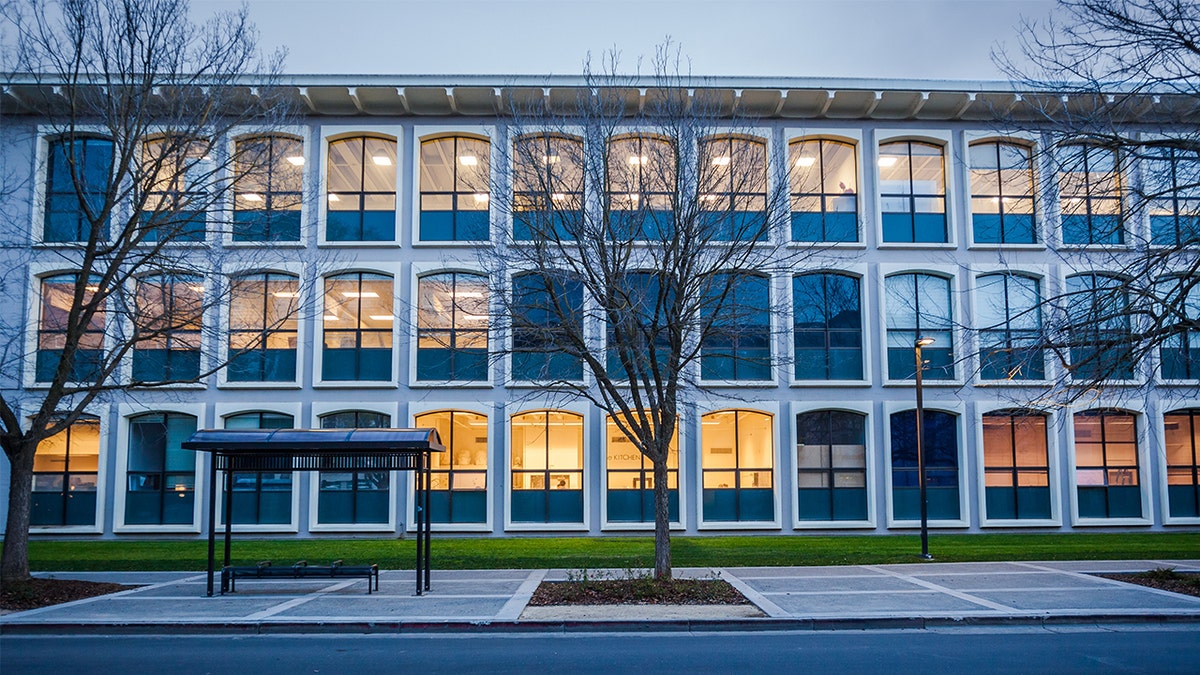The University of California, Davis, has ignited a firestorm of debate with its decision to transform traditional men's and women's locker rooms at its recreation centers into all-gender "universal" facilities. Announced in February, the university framed the renovations as a move towards greater inclusivity, emphasizing accessibility for individuals with disabilities and those of all gender identities. The new locker rooms are designed with individual, private toilets, changing areas, and cabanas, each equipped with floor-to-ceiling locking doors, which the university claims enhances privacy for all users.

The Art Building at UC Davis in Davis, Calif., Dec. 11, 2015. (Getty Images)
However, the move has drawn sharp criticism, particularly from women's rights advocates. The timing of the announcement coincided with the failure of two bills, at both the state and federal level, aimed at restricting transgender athletes' participation in women's sports. Prominent figures like tennis legend Martina Navratilova voiced strong opposition, expressing concern over the potential impact on female athletes and predicting a loss of participation due to these changes.

The $5 million renovation project requires students to remove their belongings from the existing locker rooms by Wednesday, with the new facilities slated to open in September. This controversy unfolds against a backdrop of ongoing national debate regarding transgender rights and inclusion in sports, with recent legislative efforts failing to garner sufficient support. The UC Davis situation adds another layer to this complex discussion, raising questions about balancing inclusivity with the concerns of certain groups.
On the same day as the locker room announcement, Senate Democrats faced criticism for not supporting the Protection of Women and Girls in Sports Act, which failed to overcome a filibuster. Similarly, in Minnesota, the Preserving Girls’ Sports Act was voted down by House lawmakers, with all Democratic members opposing the legislation. These events highlight the ongoing political and social tensions surrounding this issue.
Comments(0)
Top Comments